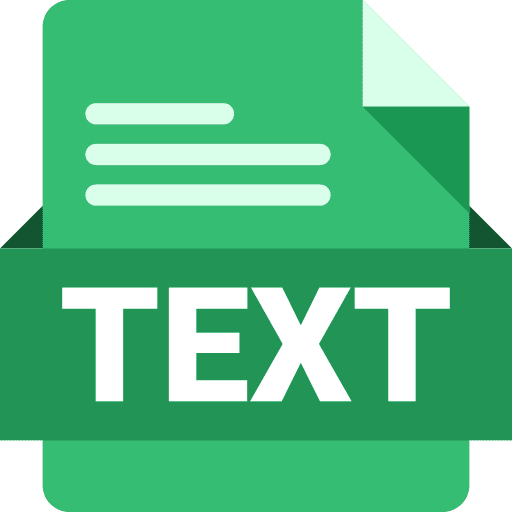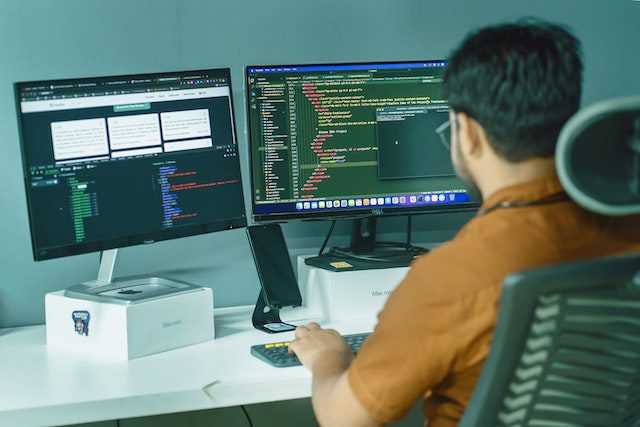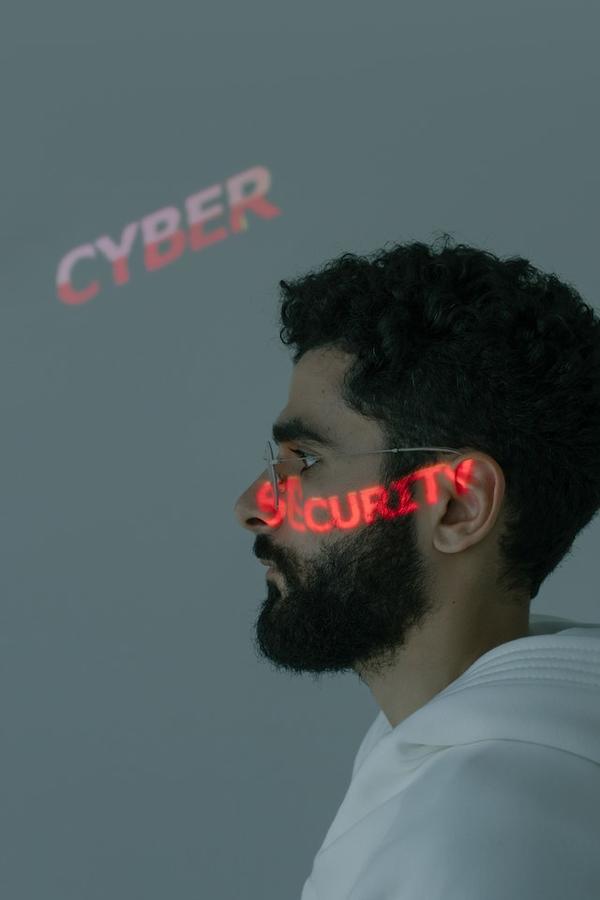Summary of Tier: Text-image Encoder-based Regression For Aigc Image Quality Assessment, by Jiquan Yuan et al.
TIER: Text-Image Encoder-based Regression for AIGC Image Quality Assessment
by Jiquan Yuan, Xinyan Cao, Jinming Che, Qinyuan Wang, Sen Liang, Wei Ren, Jinlong Lin, Xixin Cao
First submitted to arxiv on: 8 Jan 2024
Categories
- Main: Computer Vision and Pattern Recognition (cs.CV)
- Secondary: Artificial Intelligence (cs.AI)
GrooveSquid.com Paper Summaries
GrooveSquid.com’s goal is to make artificial intelligence research accessible by summarizing AI papers in simpler terms. Each summary below covers the same AI paper, written at different levels of difficulty. The medium difficulty and low difficulty versions are original summaries written by GrooveSquid.com, while the high difficulty version is the paper’s original abstract. Feel free to learn from the version that suits you best!
| Summary difficulty | Written by | Summary |
|---|---|---|
| High | Paper authors | High Difficulty Summary Read the original abstract here |
| Medium | GrooveSquid.com (original content) | Medium Difficulty Summary In this paper, researchers tackle the emerging topic of AI-generated image quality assessment (AIGCIQA), which focuses on evaluating AI-generated images from a human perspective. Unlike traditional image quality assessment tasks, AIGCIQA involves assessing images generated by generative models using text prompts. The authors highlight that existing methods overlook crucial information in these text prompts and propose a novel framework, TIER, to address this limitation. TIER processes both the generated images and their corresponding text prompts as inputs, leveraging text and image encoders to extract features. Experimental results on several prominent AIGCIQA databases demonstrate the superiority of TIER over baseline methods. |
| Low | GrooveSquid.com (original content) | Low Difficulty Summary AIGCIQA is a new area in computer vision that tries to figure out how good AI-generated images are from what humans think. Right now, most ways to do this only look at the images themselves and ignore what the text says about them. The authors came up with a better approach called TIER, which looks at both the image and its text together to get more accurate results. |




